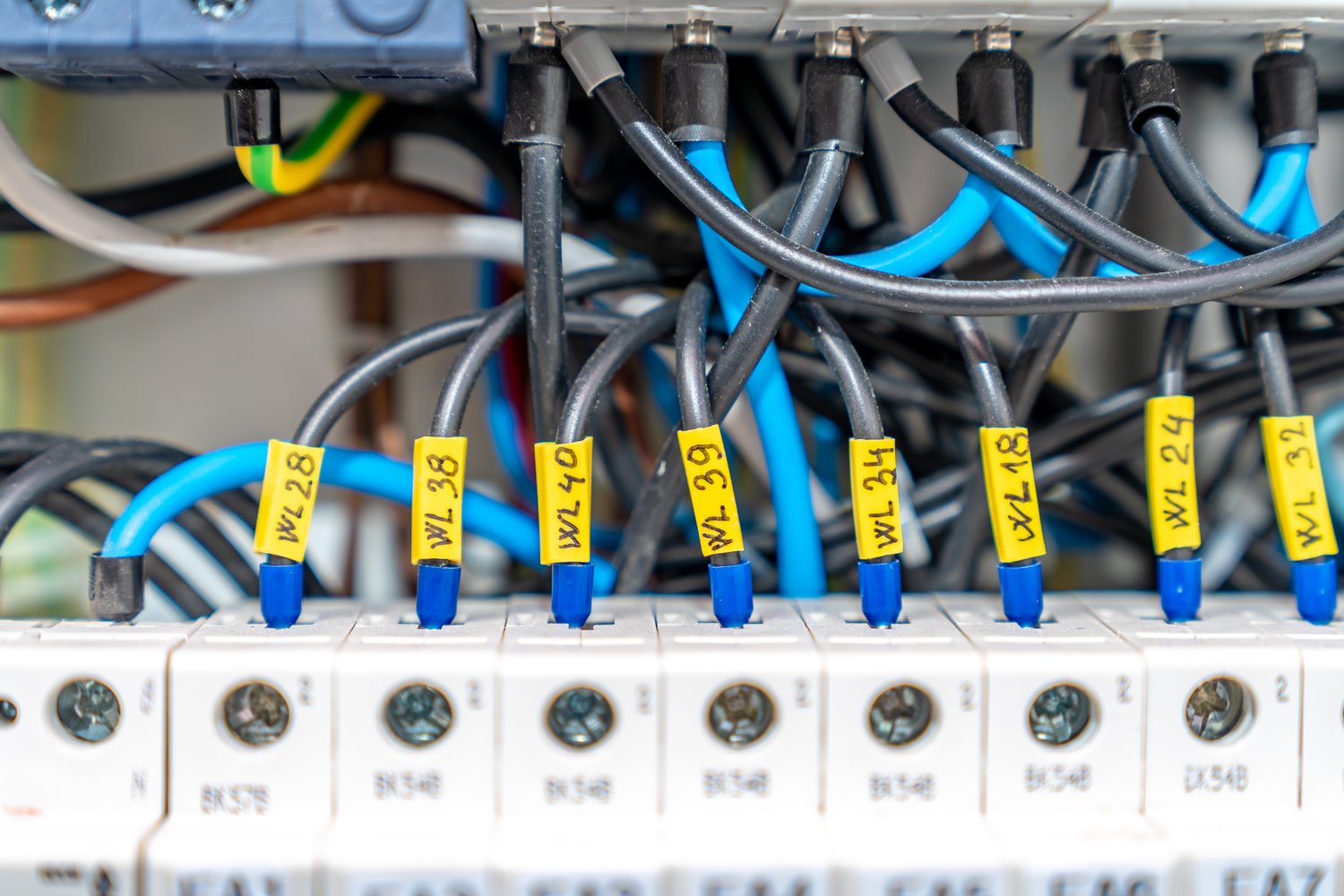Understanding electrical apparatus basics
Electrical apparatus forms the backbone of modern homes. These devices control, distribute, and protect electrical systems. Common examples include circuit breakers, switches, and fuses. Electrical apparatus ensures safety and efficiency in power distribution. In 2022, the global electrical apparatus market reached $141.5 billion. This sector is expected to grow at a CAGR of 6.2% from 2023 to 2030. Electrical apparatus comes in various types, each serving specific functions. Understanding these components is crucial for homeowners and professionals alike.
Circuit breakers are essential safety devices in electrical systems. They automatically interrupt electrical flow when detecting faults. Modern homes typically have 15 to 20 circuit breakers in their main panel. Switches control the flow of electricity to lights and appliances. A standard American home has approximately 40 light switches. Fuses, though less common in new constructions, still play a role in some applications. These components work together to create a safe and functional electrical system.
Proper installation and maintenance of electrical apparatus are critical. Faulty installations can lead to electrical fires, which cause about 51,000 home fires annually in the US. Regular inspections can prevent such incidents. Electricians recommend checking your electrical panel every 3-5 years. This ensures all components are functioning correctly and up to code. Upgrading outdated electrical apparatus can improve energy efficiency and safety.
Energy efficiency is a growing concern in electrical apparatus design. Modern devices are designed to minimize power loss. For instance, LED-compatible dimmers can save up to 20% more energy than standard switches. Smart electrical apparatus is gaining popularity, offering remote control and monitoring capabilities. These devices can reduce energy consumption by up to 15% in typical households. Investing in efficient electrical apparatus can lead to significant long-term savings.
When selecting electrical apparatus, consider factors like voltage rating, current capacity, and environmental conditions. For residential use, most devices are rated for 120V or 240V. Current ratings vary depending on the specific application. Always consult a licensed electrician for complex installations or upgrades. They can ensure compliance with local codes and safety standards. Proper selection and installation of electrical apparatus contribute to a safe and efficient home electrical system.
Exploring modular apparatus options
Modular apparatus offers flexibility and customization in electrical systems. These components are designed for easy installation and replacement. Modular apparatus includes devices like modular circuit breakers, surge protectors, and timers. The global modular devices market is projected to reach $25.95 billion by 2025. This growth is driven by increasing demand for customizable and space-efficient solutions.
One key advantage of modular apparatus is its compact design. A typical modular circuit breaker is 17.5mm wide, allowing for efficient use of panel space. This compactness enables the installation of more protective devices in the same area. Modular designs also facilitate easier maintenance and upgrades. Technicians can replace individual modules without disrupting the entire system. This feature reduces downtime and maintenance costs.
Modular surge protectors are becoming increasingly important in modern homes. These devices protect sensitive electronics from voltage spikes. A single lightning strike can induce up to 30,000 amps of current, potentially damaging unprotected equipment. Modular surge protectors can be easily integrated into existing electrical panels. They provide layered protection for different circuits and appliances. Many homeowners are now installing whole-house surge protection systems.
Timers and programmable switches are popular modular apparatus for home automation. These devices can control lighting, heating, and other systems based on schedules or conditions. A programmable timer can reduce energy consumption by up to 10% in some applications. Modular timers are available in various formats, including digital and mechanical options. They offer features like astronomical timing, which adjusts to seasonal daylight changes.
When selecting modular apparatus, compatibility is a key consideration. Ensure that the chosen devices are compatible with your existing electrical system. Most modular apparatus follows standard DIN rail mounting specifications. This allows for easy integration with various panel types. Always check the voltage and current ratings of modular devices. Overloading can lead to overheating and potential fire hazards. Proper selection and installation of modular apparatus enhance the safety and functionality of your electrical system.
Implementing control and measurement apparatus
Control and measurement apparatus play a crucial role in managing electrical systems. These devices monitor, regulate, and measure various electrical parameters. Common examples include power meters, voltage regulators, and load controllers. Control and measurement apparatus ensure efficient and safe operation of electrical installations. The global market for these devices is expected to reach $1.85 billion by 2027.
Power meters are essential for monitoring energy consumption. Modern smart meters can measure electricity usage in real-time. They typically have an accuracy of ±0.2% or better. Many utility companies are transitioning to smart meters, with over 107 million installed in the US as of 2020. These devices enable more accurate billing and help consumers manage their energy use. Some smart meters can even communicate with home energy management systems.
Voltage regulators maintain stable voltage levels in electrical systems. They protect sensitive equipment from voltage fluctuations. A typical household voltage regulator can handle variations of ±10% from nominal voltage. Industrial-grade regulators may offer even tighter control. Voltage regulation is particularly important in areas with unstable power grids. It can prevent damage to appliances and extend their lifespan.
Load controllers manage power distribution to various circuits or appliances. They can prioritize power allocation based on predefined rules. For example, a load controller might temporarily disconnect non-essential appliances during peak demand periods. This helps prevent overloads and reduces energy costs. Some advanced load controllers can integrate with renewable energy systems like solar panels. They optimize power usage by balancing grid and renewable sources.
Implementing control and measurement apparatus requires careful planning. Consider factors like system capacity, accuracy requirements, and integration with existing infrastructure. Many modern devices offer remote monitoring and control capabilities. This allows for real-time adjustments and data analysis. When installing these devices, ensure proper calibration and regular maintenance. Accurate measurements and control are essential for system efficiency and safety. Consulting with a qualified electrician can help you choose the right control and measurement apparatus for your needs.





